Modifying a Jeep JK Wrangler: The Lift Question
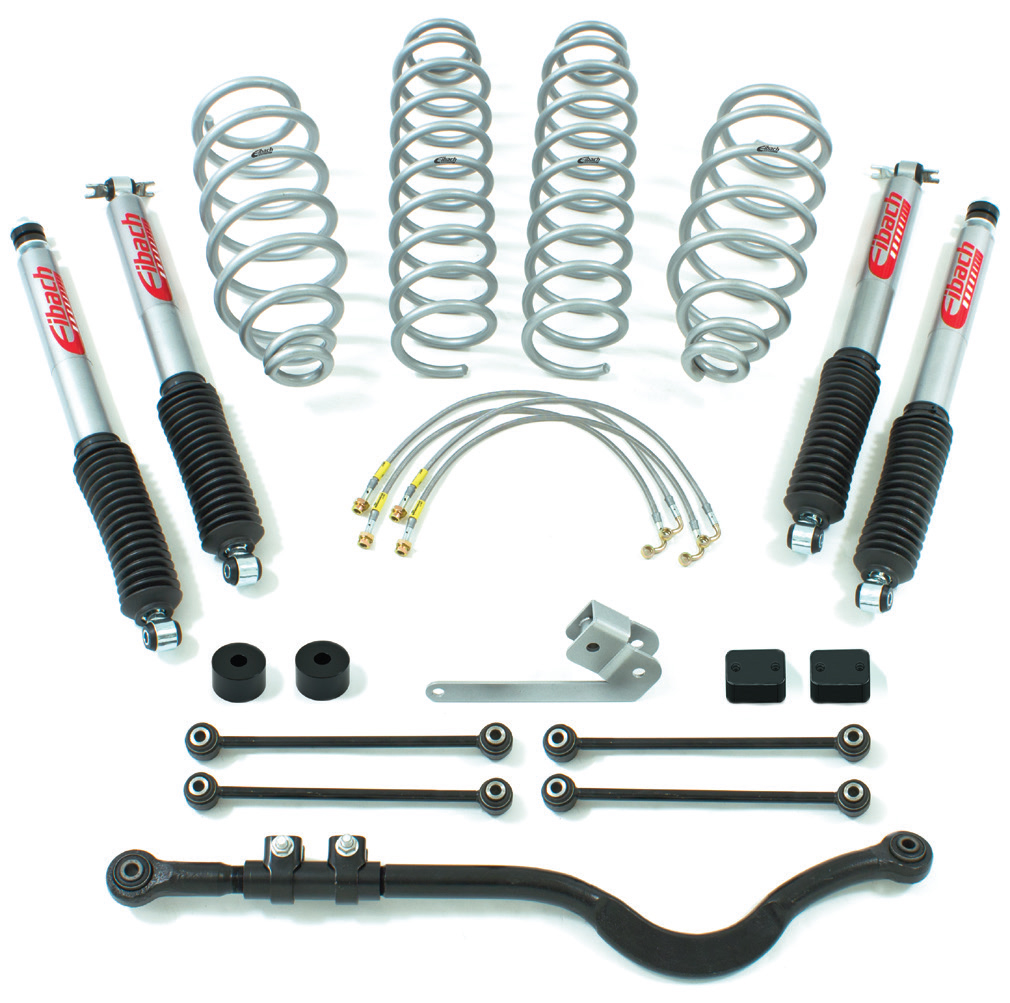
A few days ago, I read a post from forum member TheDirtman claiming that a big lift isn’t the way to go and that flex isn’t what many companies say it is. I think I need to provide an explanation, and point out where he’s right and where I respectfully disagree.

Let me start out by saying that while TheDirtman’s not exactly right, he’s not being evil or mean either. I just feel there is some misinterpretation on his part. However, that’s just a function of automotive modification. There are guys who argue that an engine should be built with tight tolerances while there are others who believe in looser tolerances. Some suspension guys believe in race cars with very little roll and compliance, while others feel compliance is needed. Neither is really right and neither is really wrong.
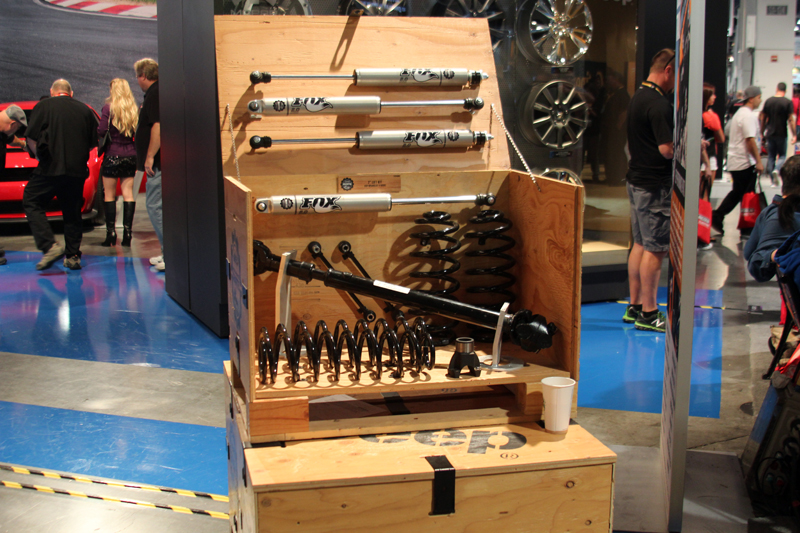
In the thread, TheDirtman talks about big lifts and the misinformation spread by other forum members, mostly that bolt on lift kits will give more flex and make them more capable off road. Here he’s right, even when he goes so far as to say that the wrong choice in kit can “make them less capable in some areas when compared to the factory suspension.”
TheDirtman mentions working on a lift with a suspension calculator for a four-link suspension and seeing how “the higher you go the worse it gets.” Again, not wrong; as you do lift your suspension, the arms get shorter in their effective area and begin to pull the axles towards the center of the JK, changing the roll center, and raising the center of gravity. However, you have to go to some pretty extreme heights beyond what most coil spring spacer lifts net you to get to where it’s absolutely bad.
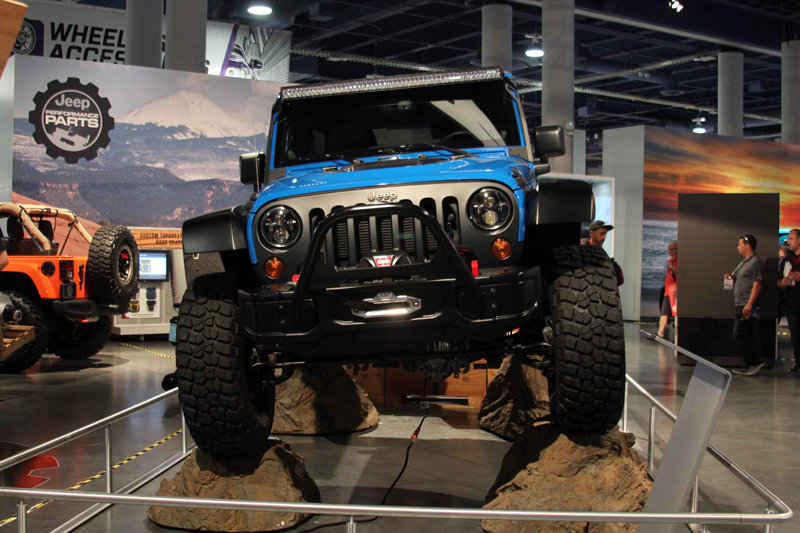
Where the thread becomes questionable is when Dirtman talks about shocks, axle travel, and joints. First, let’s start with his four-inch lift kit issues. “While a 4-inch lift will increase the amount of up travel you have, if you don’t run a longer shock you will lose 4-inches of down travel for a net increase in flex of zero. Add a 2-inch bump stop to the above example and you just lost 2-inches of flex vs the factory suspension set up.”
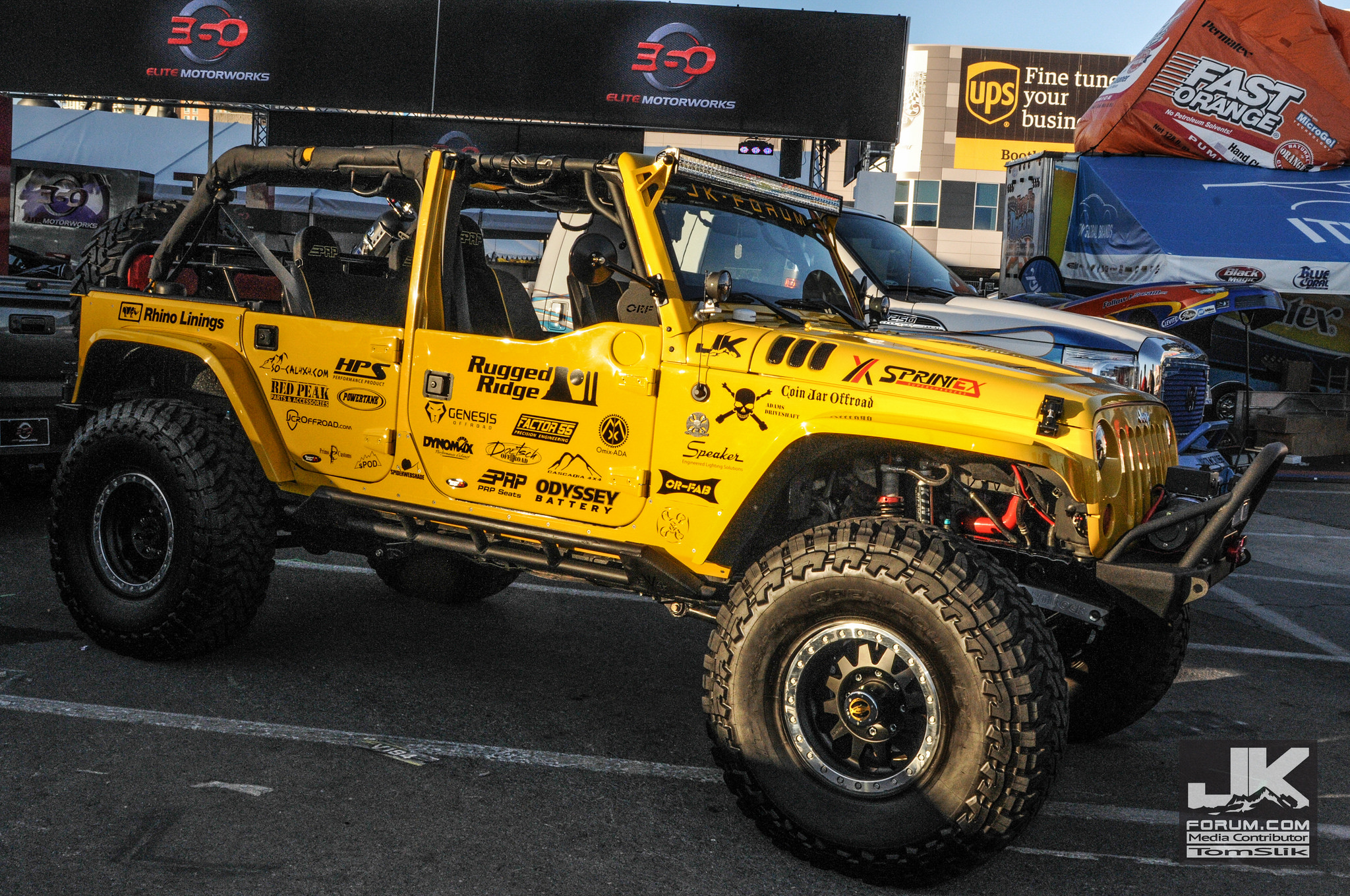
Let’s break this down. “While a 4-inch lift will increase the amount of up travel you have if you don’t run a longer shock you will lose 4-inches of down travel for a net increase in flex of zero.” Here he is assuming that the shock is maxed out on a 4-inch lift when it sits static. The OEM JK front shock has a travel length of 8.11-inches, so it has about 4.45-inches of travel up or down from static. When you add that 4-inch lift, you extend that shock out 4-inches and you do lose down travel, since the shock now has about 8-inches of up travel and only about .11-inches of down travel. Here, Dirtman is correct; you should have a shock that has at least 10 or more inches of travel.
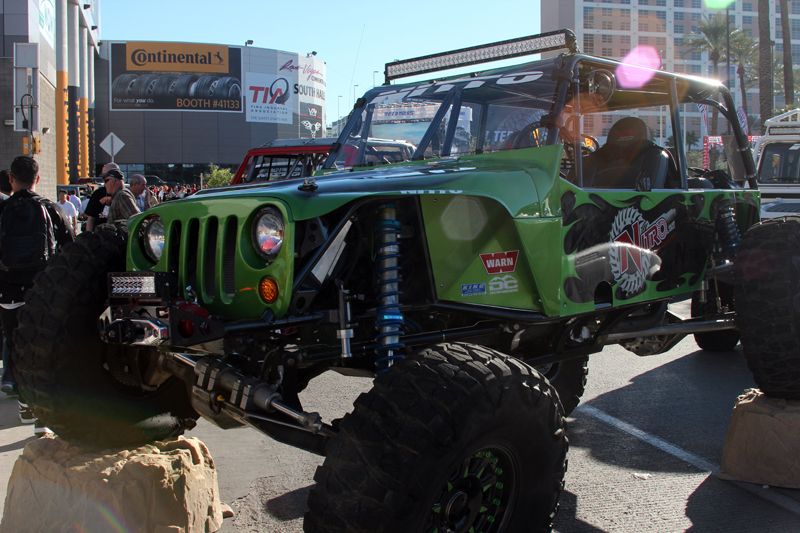
However, he is wrong about the bump stop. A bump stop, he is having you assume, is a solid piece, when actually it’s not. The bump stop is a flexible piece of rubber, polyurethane, or an air-canister that is designed to stop the suspension from bottoming out and damaging the valving inside the shock. If the bump stop was solid, it wouldn’t be doing its complete job, as you still need that travel to keep control of your vehicle.
At most, you should only lose .5-inch and if you’re losing more you need to rethink your bump stop solution. Again, the bump stop is a cushion to prevent the shock from bottoming out and damaging the valving on the piston or the body of a twin-tube shock. Think of it as a suspension strap that works in the other direction.
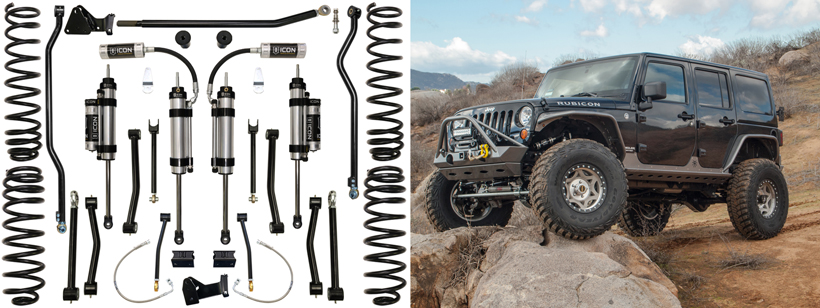
Next the thread goes into the “mid-arm” suspension kits. “The term ‘mid arm’ is also a term that is made up by a marketing team, in reality it is the same basic length as the factory arm. They use this term in comparison to the TJ control arms that were really short.”
Well, yes and no. There are manufacturers that do, or did, compare arm lengths to TJ arms. However, not all do. For example, a mid-arm kit from Metalcloak is an adjustable kit that starts the lower arms out at 23.063-inches long. The OEM arm is 22.63-inches long and while that is only .433-inches, it equals to a 5-degrees caster difference for your alignment (Jeep OEM caster is between 4 and 4.5-degrees). This not only affects your wheel’s ability to return to center, but it also affects the camber as it turns. Oh, and, by the way, this changes your pinion angle too.
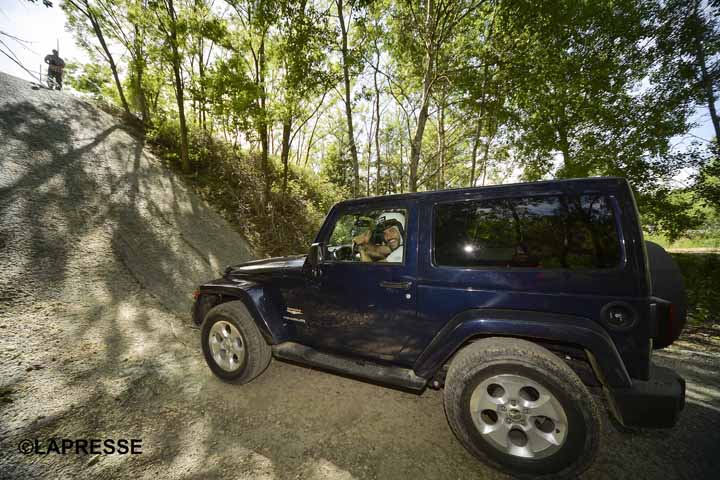
Finally, I do have issue with this statement, “If you were to compare two Jeeps, one set up with a 4-inch short arm kit on 33-inch tires and one with a 2-inch lift and 37-inch tires with trimmed fenders, the one on 37’s, if properly geared, would run circles around the higher lifted Jeep. It would climb better, clear bigger rocks, be more stable in off camber situations, and would handle better on road due to the lower center of gravity. Both Jeeps would be the same height overall.”
Here TheDirtman is assuming and is making you assume a lot of details. He doesn’t mention if the shocks, arms, or brackets on the 4-inch lift are optimized, he doesn’t even specify how the 4-inch lift was done. In fact, he’s making you assume that any 4-inch lift kit you purchase doesn’t have any engineering involved to make it optimized for the lift involved. That’s a blanket statement.
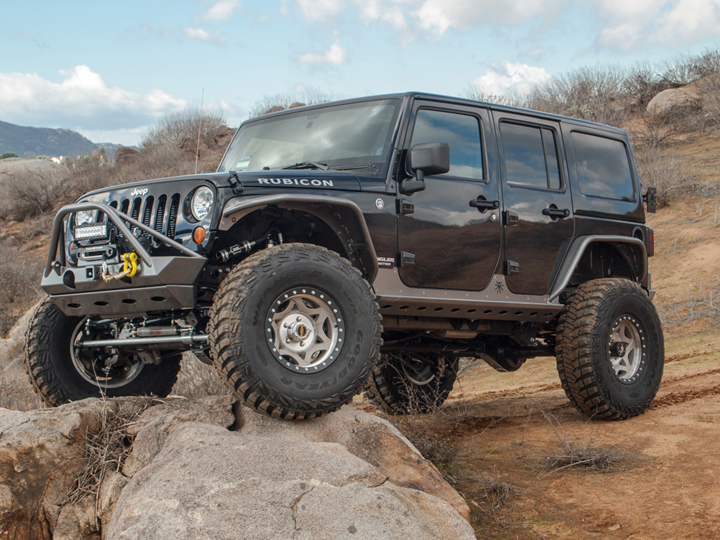
The thread also doesn’t mention the wheel size of either tire. Assuming, again, that the wheels mounted on each JK are the same, the 37-inch tire will actually be less stable on road than the 33-inch, simply because of sidewall height. If both JKs have 17-inch wheels, the 33-inch-tall tire will have a sidewall that is 8 inches tall while the 37-inch-tall tire will have a 10-inch tall sidewall. The 37-inch tall tire will roll on its sidewall more than the 33 because there is more sidewall there to roll on.
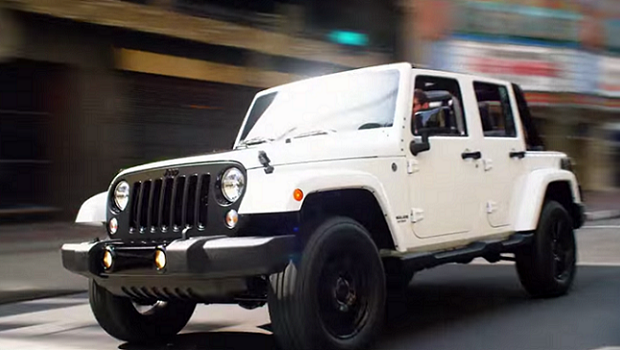
Then there is the argument of CG, center of gravity. If we take my assumption and the 4-inch lift was designed correctly, then the CG between both JKs will be the same. Now, if we take TheDirtman’s assumption that there is no engineering involved in any four-inch lift kit, then, yes, the two-inch lift will be better.
There are plenty of people remarking that this is a must-read thread, and kudos to TheDirtman for that. But I just wanted to offer my side of the automotive modification spectrum.
Chime in with your thoughts on the forum. >>
Looking for a good deal on a new Jeep? Get insider information here.
